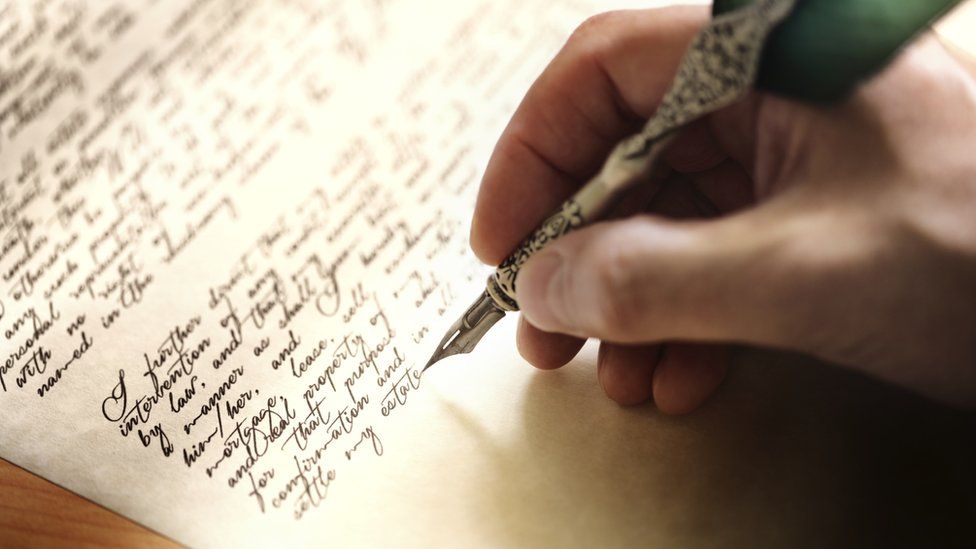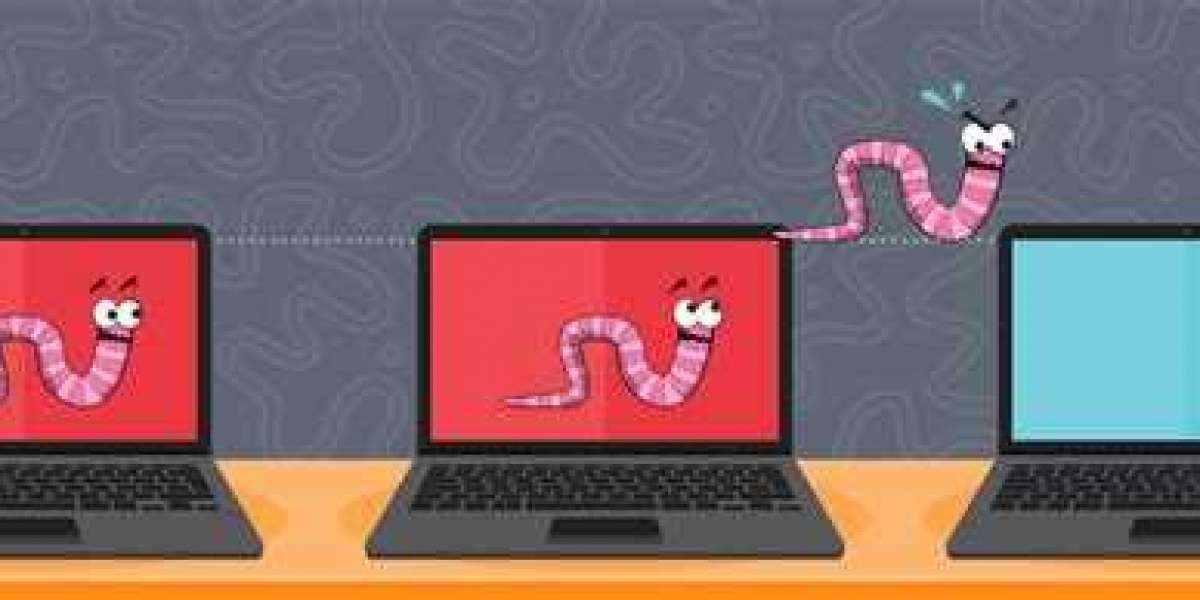
The 1995 film Toy Story is one of the most impressive achievements in cinematic history for several reasons. It broke ground for being the first fully computer-animated feature film in Hollywood history but it was also made by a group of artists who had no experience making feature films and were learning as they went, while under the pressure of being distributed and financed by Disney (a company that was on a winning streak thanks to the Disney Renaissance), and it also went through intense growing pains during its story development. The fact that it not only ended up a critically acclaimed box office success but also one of the most popular and enduring cinematic classics in the world speaks to the talents of everyone at Pixar, a studio that started out as a group of passionate CG artists who worked in the computer division of Lucasfilm but dreamed of using their artistic skills to tell their own stories.


To tell the story of how Toy Story got made, we have to start with the film’s director John Lasseter, an art student who was immediately hired by Disney upon his graduation from CalArts in 1979 thanks to how impressed the studio was with his student film Lady and the Lamp. At the time veteran Disney animators praised Lasseter for his creative instincts and his solid character animation.

Lasseter’s first assignment at Disney was animating for The Fox and the Hound, which had a tumultuous production for a number of reasons, most notoriously the fact that an unhappy Don Bluth and a number of other Disney animators quit the film in the middle of its production to go off and make their own films. While Lasseter was not one of the animators who left, he was still not as creatively fulfilled at Disney as he would have liked to be. But around the time Disney hired him, computer animation was beginning to take off as the next big development for the medium and his imagination was suddenly sparked when he saw footage for the first time, especially when his friends and fellow animators Jerry Rees (who would go on to direct The Brave Little Toaster) and Bill Kroyer (who would go on to direct Ferngully: The Last Rainforest) invited Lasseter to watch the Light Cycle sequences from Disney’s upcoming film Tron, which at the time was a mind-blowing look at the future possibilities of animation.

Seeing Tron inspired Lasseter to team up with Disney animator and fellow CalArts grad Glen Keane to create an animation test in which a hand-drawn animated version of Max from Maurice Sendak’s Where the Wild Things Are is moving around a computer-generated room (Disney considered making a film adaptation of Where the Wild Things Are in the eighties). It looked so impressive that Lasseter pitched the usage of the technique for a film adaptation of The Brave Little Toaster, which Disney purchased the rights for in 1982. But after seeing Lasseter and Keane’s animation test, they passed on the idea after perceiving the blending of 2D and 3D animation as too risky of a venture. To add insult to injury, Lasseter was terminated from his employment at Disney shortly thereafter. Although his passion for computer animation remained strong and he continued to pursue it independently (The Brave Little Toaster did end up being made in 1987 at Hyperion Pictures, a company founded in 1984 by former Disney producers, but it ended up being fully hand-drawn).


Fortunately for Lasseter, Lucasfilm’s Alvy Ray Smith hired him immediately after learning of his firing from Disney and put him to work as a character designer and animator on their animated short film The Adventures of André & Wally B. (1984), which was Alvy Ray Smith’s way of showing the world that it was possible to create believable computer-animated characters and was so groundbreaking in its animation quality that it helped spark the film industry’s interest in CG animation.





Eventually Lasseter became one of the founding employees of Alvy Ray Smith and Ed Catmull’s new animation studio Pixar in 1986 and Lasseter would go on to direct the studio’s first four short films Luxo Jr. (1986), Red’s Dream (1987), Tin Toy (1988) and Knick Knack (1989), all four of which were impressive and all four of which shared the theme of inanimate objects coming to life (which was naturally a perfect subject for computer animation in the years when organic living things were too complex to animate in a believable way).
Lasseter’s post-Disney success caught the eye of Disney CEO Michael Eisner and Disney chairman Jeffery Katzenberg. After Lasseter’s Tin Toy won the Academy Award for Best Animated Short Film in 1989, Eisner and Katzenberg sought to lure Lasseter back to Disney and make computer animated films for them instead of Pixar, but Lasseter, who funny enough had always dreamed of working at Disney, felt so much more creatively fulfilled at Pixar that he rejected Disney’s offer to return. So instead, Disney proposed teaming up with Pixar to make a movie instead. An offer too good for Pixar to pass up since it was a way for them to finally get their films in front of a mass audience. Of course teaming up with Disney to make the first fully computer-animated feature film in history is an easy thing to say yes to and a way harder thing to actually accomplish, and I will explore that in detail in my next article.













